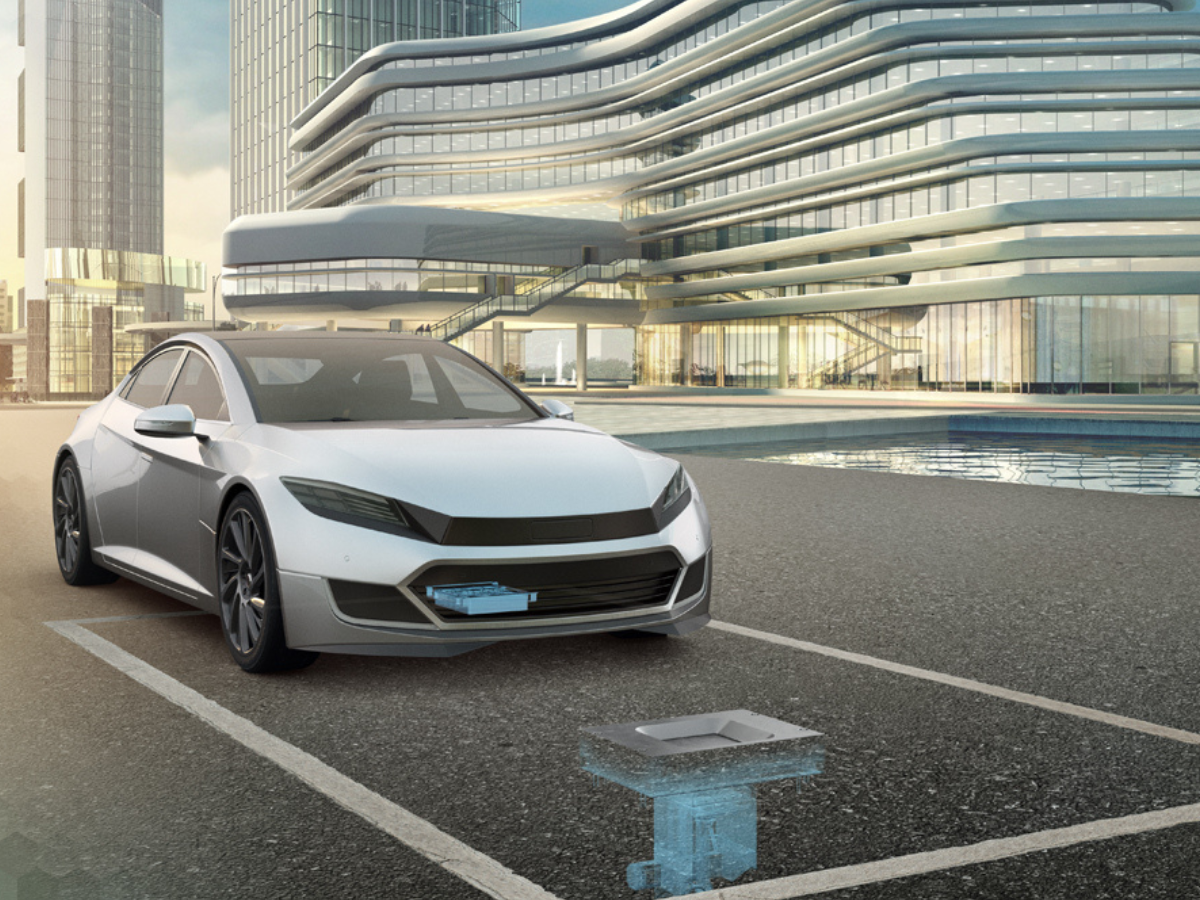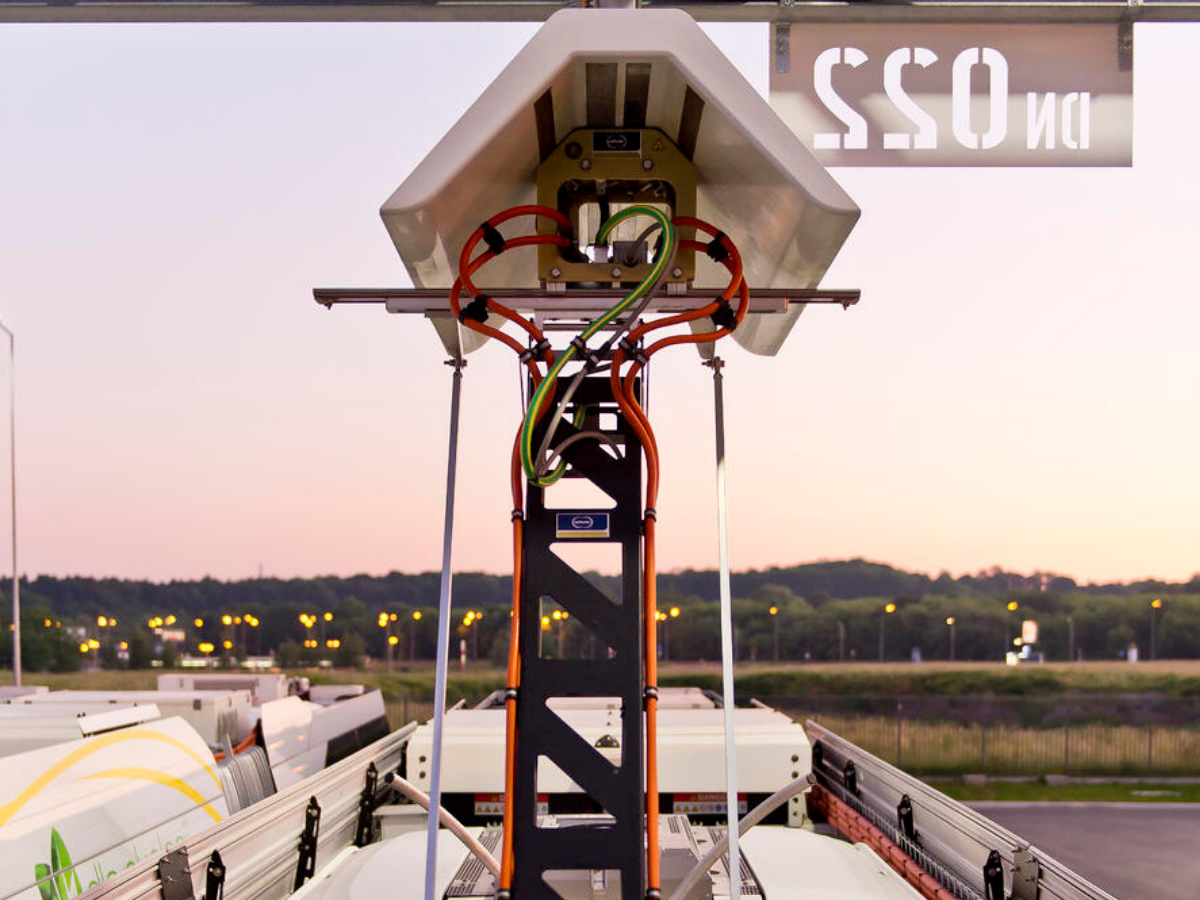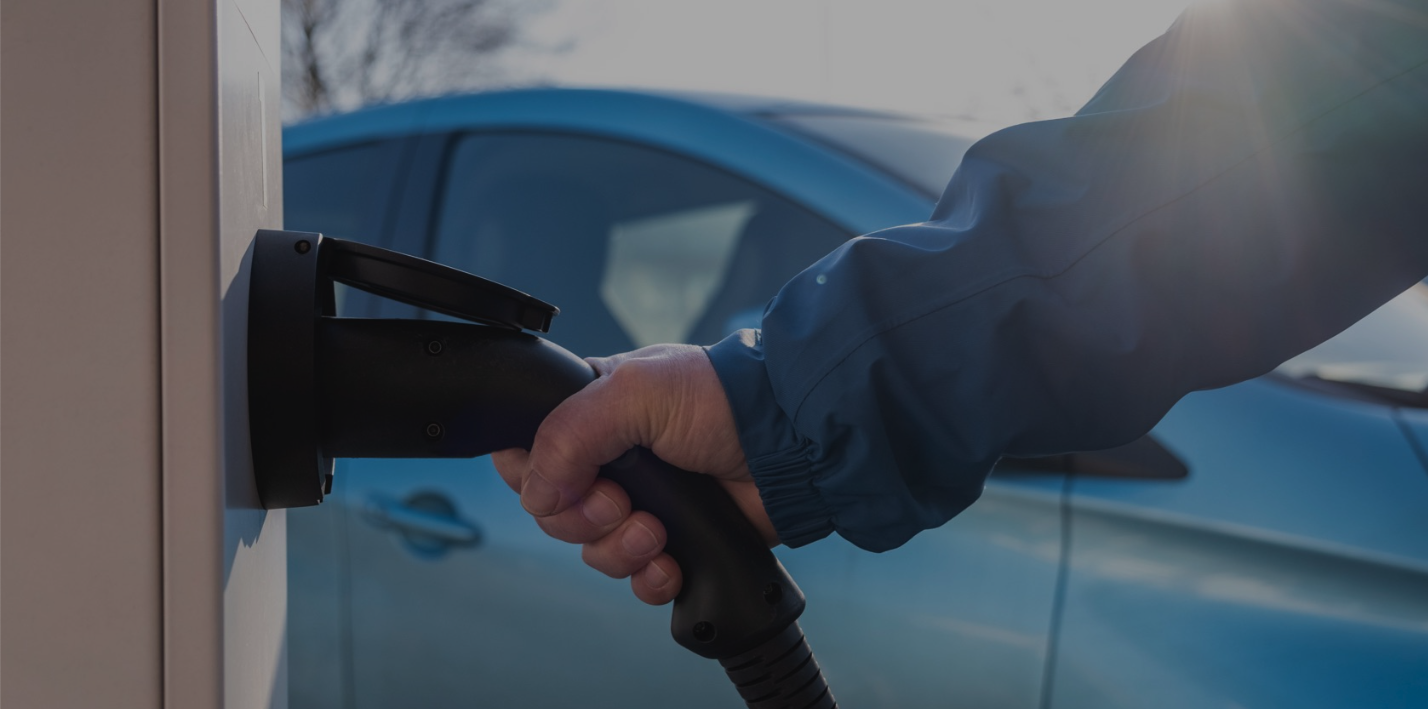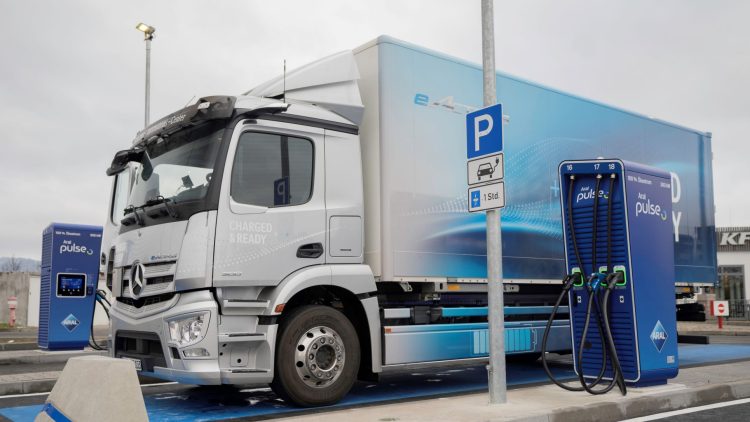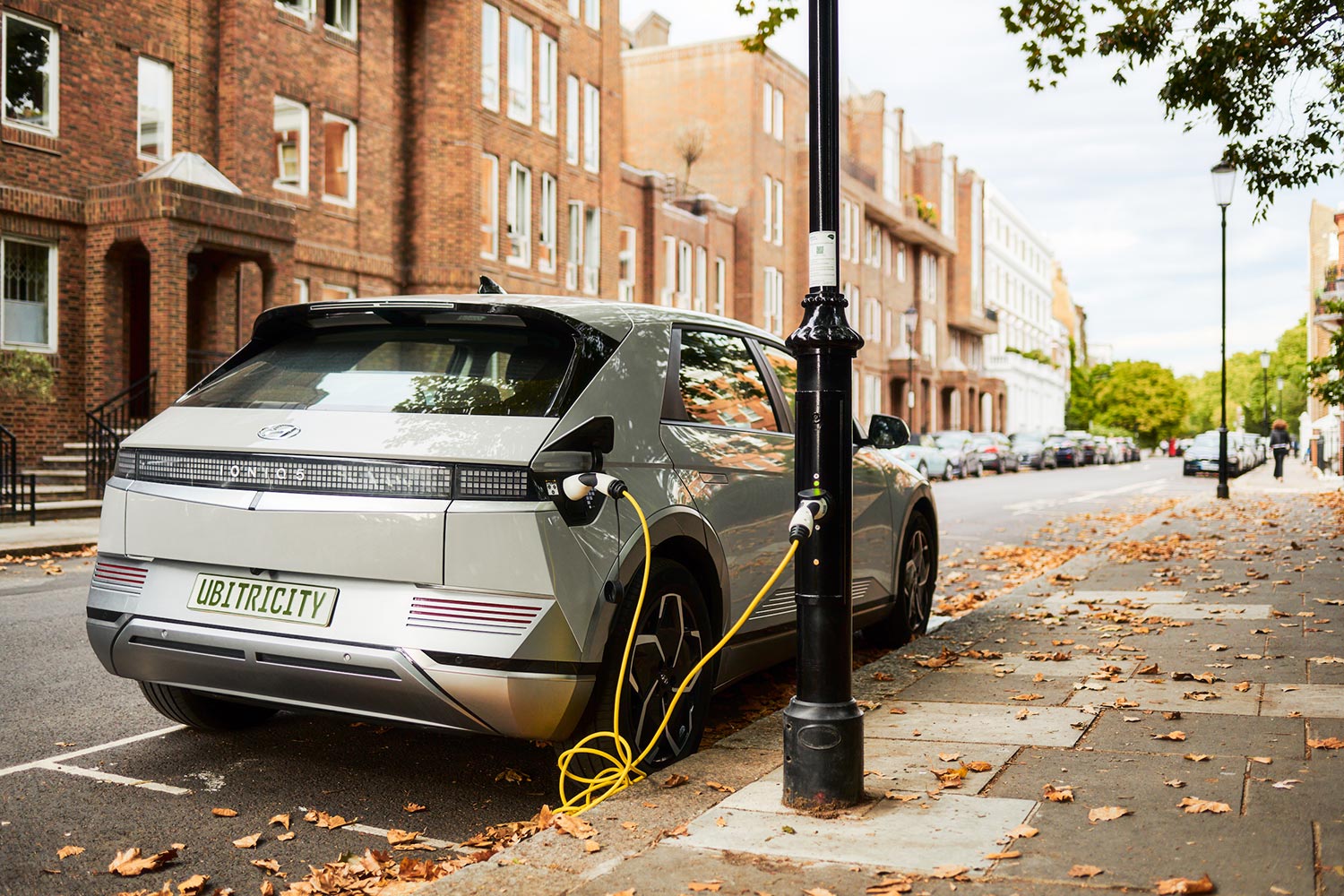How to increase the efficiency, reliability, user-friendliness and safety of electric cars.
E-mobility continues to gain ground: according to a study by the IEA (International Energy Agency), there were around 16.5 million e-cars on the roads worldwide in 2021 – three times as many as in 2018. Forecasts predict that the share will rise to 116 million electric cars by 2030.

However, no matter how successful electric mobility is, manufacturers still face challenges in addressing concerns potential buyers may have about purchasing an electric car.
The task areas lie primarily in increasing the
- efficiency
- reliability
- user-friendliness and
- safety
Schunk has been involved in electromobility as a development partner and supplier to the automotive industry from the very beginning. We therefore know the challenges of our customers very well and have developed solutions together with them to make electromobility and electric vehicles even more attractive.

Learn here:
- how the efficiency of high-performance motors can be increased
- how the reliability of electric motors can be optimized
- how the charging process for electric cars is becoming more user-friendly
- how lithium-ion batteries for electric vehicles are becoming safer
How Can the Efficiency of High-Performance Electric Motors Be Increased?
Highest efficiency in the smallest installation space – this is the requirement for high-performance motors in electric vehicles. Here, one component that is used in permanent magnet synchronous motors provides a decisive advantage. We are talking about the rotor bandage. It ensures that the drive magnets of the electric motor remain reliably fixed to the rotor at maximum rotational speeds.
But the desired efficiency also places special demands on the component. After all, motor efficiency also means high speed.
We're talking about radial speeds of over 150 m/s and the associated centrifugal forces on the magnets. To prevent the magnets from 'lifting off' at these speeds, carbon fiber-reinforced armor sleeves are used.
You can find out in detail why armor sleeves made of CFRP are designed for high performance and where their advantages lie in contrast to metallic variants in our blog post: Efficient high-performance motors for the smallest installation space.

Two Challenges in Manufacturing Rotor Bandages
During development, the rotor bandage must be designed to:
- function at both -40 degrees Celsius and up to +220 degrees Celsius, and
- can be mounted on the rotor without damage
In implementation, maximum precision is required in the manufacture of the component, as well as appropriate material properties, in order to meet all quality requirements.
How Is the Bandage Mounted on the Rotor?
In order to effectively design the banding of a high-speed rotor, the banding must be mounted on the rotor with defined pretension and encompass it over the entire length of the rotor.
The defined preload is influenced by tolerances of the rotor and the bandage. If the manufacturing tolerances of both components are too large, the preload will be too large or too small for certain pairings.
To get customers over the hurdle of “how does the bandage get on the rotor?”, Schunk has developed the pressing of bandages onto rotors as a service.
The service package includes:
- FE simulation to determine sleeve material, wall thickness and preload
- Production of prototypes
- Assembly service, in particular press-on tests
- Testing services including pilot production for product validation
Download White Paper “Armor sleeves made of CFRP”
How Can the Reliability of Electric Motors Be Optimized?
The power electronics used in a hybrid or battery vehicle simulate the required alternating current by means of a special technique known as pulse-width modulation (PWM). The small distance between the stator and rotor results in a relatively high capacitance between these motor parts, which supports the transmission of the high-frequency signals caused by the PWM, eventually leading to the so-called capacitive-parasitic shaft voltage.
Schunk expert Markus Weber, said:The consequences of this electrical sparking are damaged or even broken ball bearings.
The problem for our customers: Ball bearings are difficult to access and expensive to replace. In addition, there are often EMC problems, which on the one hand can lead to prescribed limit values being exceeded and on the other hand can cause interference with sensors located in the vicinity of the electric motor (autonomous driving.)
To avoid these problems, many of our customers therefore rely on shaft grounding systems that reliably dissipate the parasitic shaft voltages by short-circuiting the shaft.
And this is how shaft grounding systems made of graphite works:
Watch a demonstration of the shaft grounding system here.
Schunk has developed various shaft grounding solutions for all types of designs and installation situations in order to
- increase the service life of ball bearings
- avoid complaints and recalls
- make electric mobility more reliable
How Will the Charging Process for Electric Cars Become More User-Friendly?
Long charging times are a criterion that still prevents many drivers from switching to an electric vehicle. Fast-charging solutions could help, but automotive experts agree that this is not feasible with the current plug-in charging infrastructure.
Ahmad Kamar, who is driving the development of Schunk's fast charging system, explains:We are therefore working on a wireless fast-charging solution for passenger cars that enables the battery of around 100 kWh capacity to be charged in just a few minutes. This requires a charging power of up to 1 megawatt, and the short charging time has another positive side effect - namely a longer range of 600 kilometers or more.
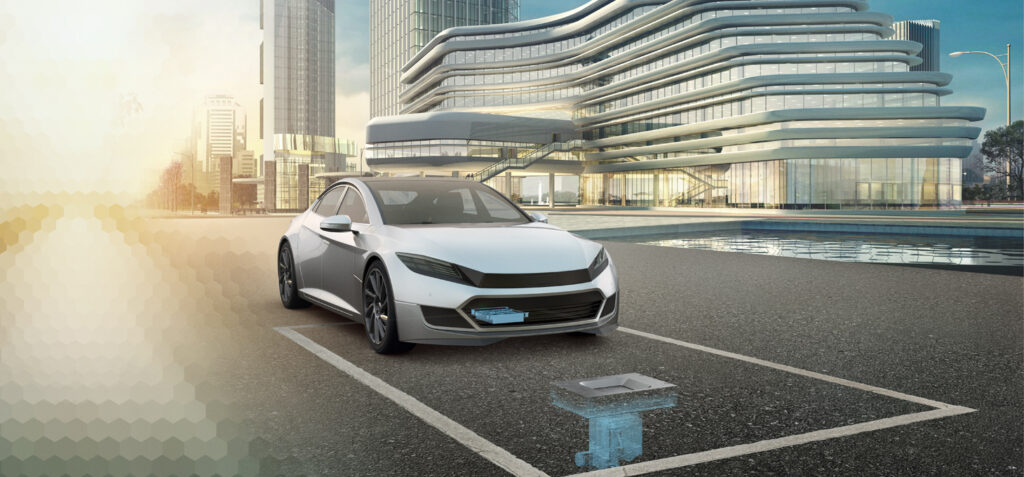
Learn from the experts how the Schunk Underbody Charger works and why this system could be the electric charging station of the future.
How Are Lithium-Ion Batteries for Electric Vehicles Becoming Safer?
The increasing pressure to innovate in the field of e-mobility is accompanied by a growing need for readily available test capacities for testing lithium-ion batteries for vehicles. If these are not available, the consequences are obvious: time-consuming and cost-intensive delays in product launches. Inadequately or incorrectly performed tests also increase the risk of accidents.
A mobile test laboratory developed by Weiss Technik together with DSA provides a remedy. Compact and ready for testing in just one day, the test system integrates test chamber, test technology and operator station in one container.
Jürgen Plumm, Product and Application Manager for Battery Testing at Weiss Technik, said:Our mobile test laboratory not only allows existing test capacities to be expanded. It can also serve as a quick replacement for test systems that fail at short notice and for setting up new test locations at low cost - for start-up companies, for example.
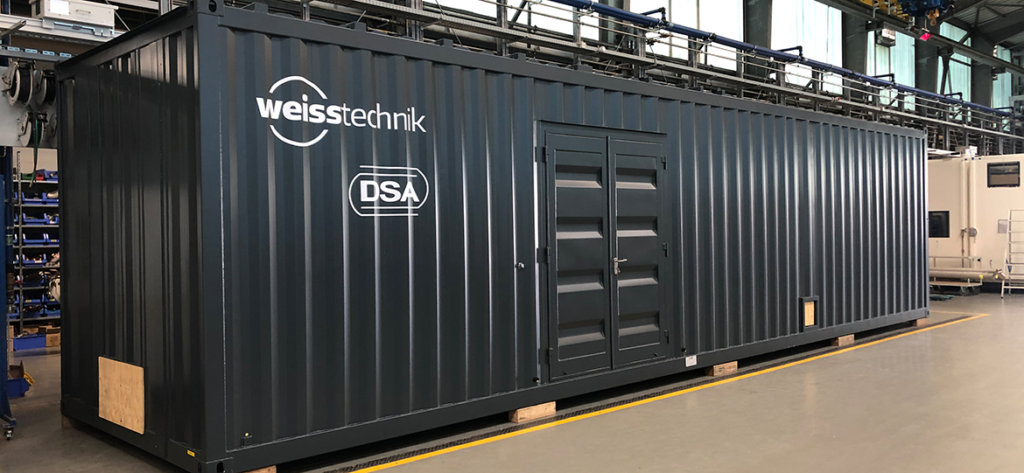
This article was originally published by Schunk.




